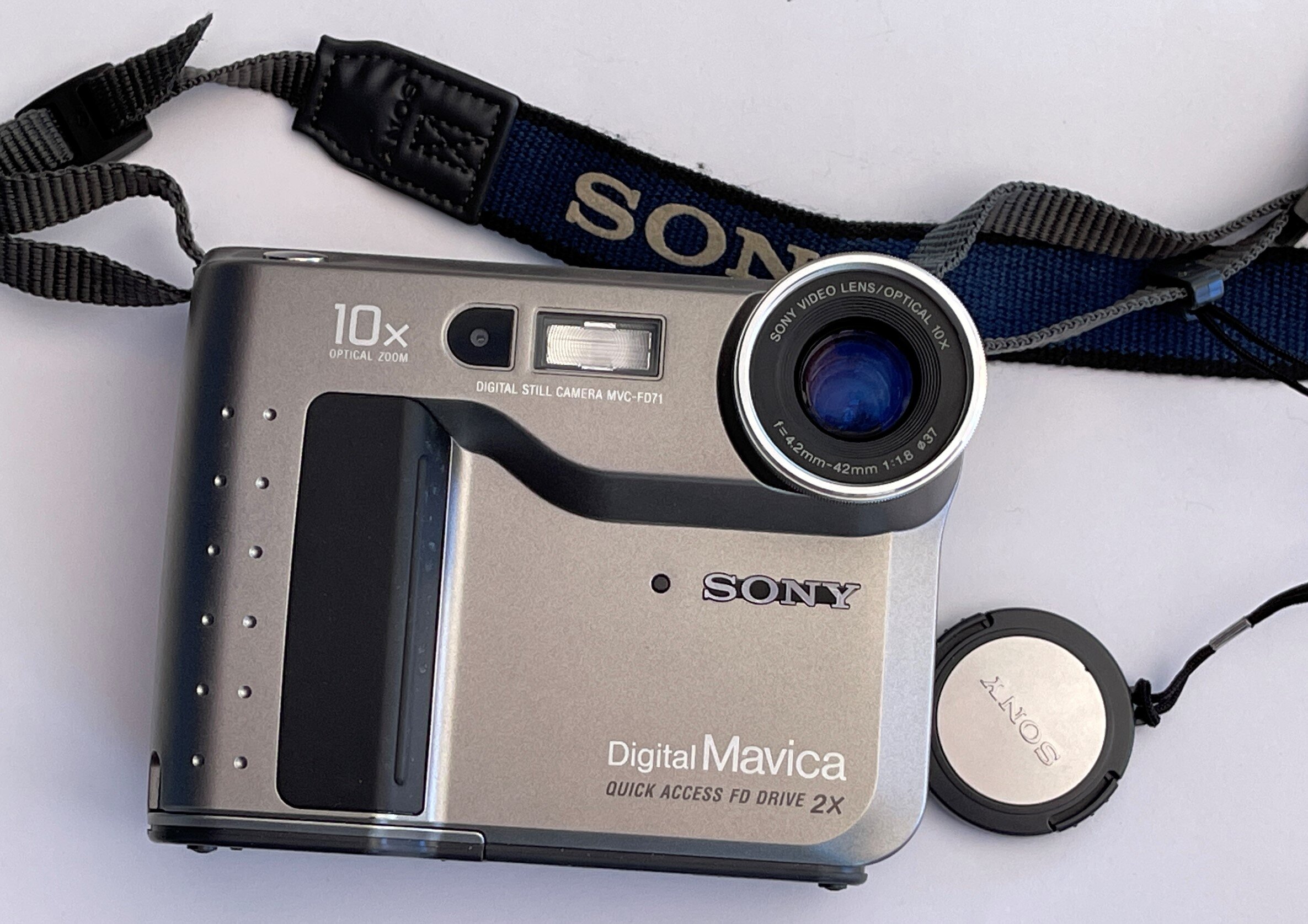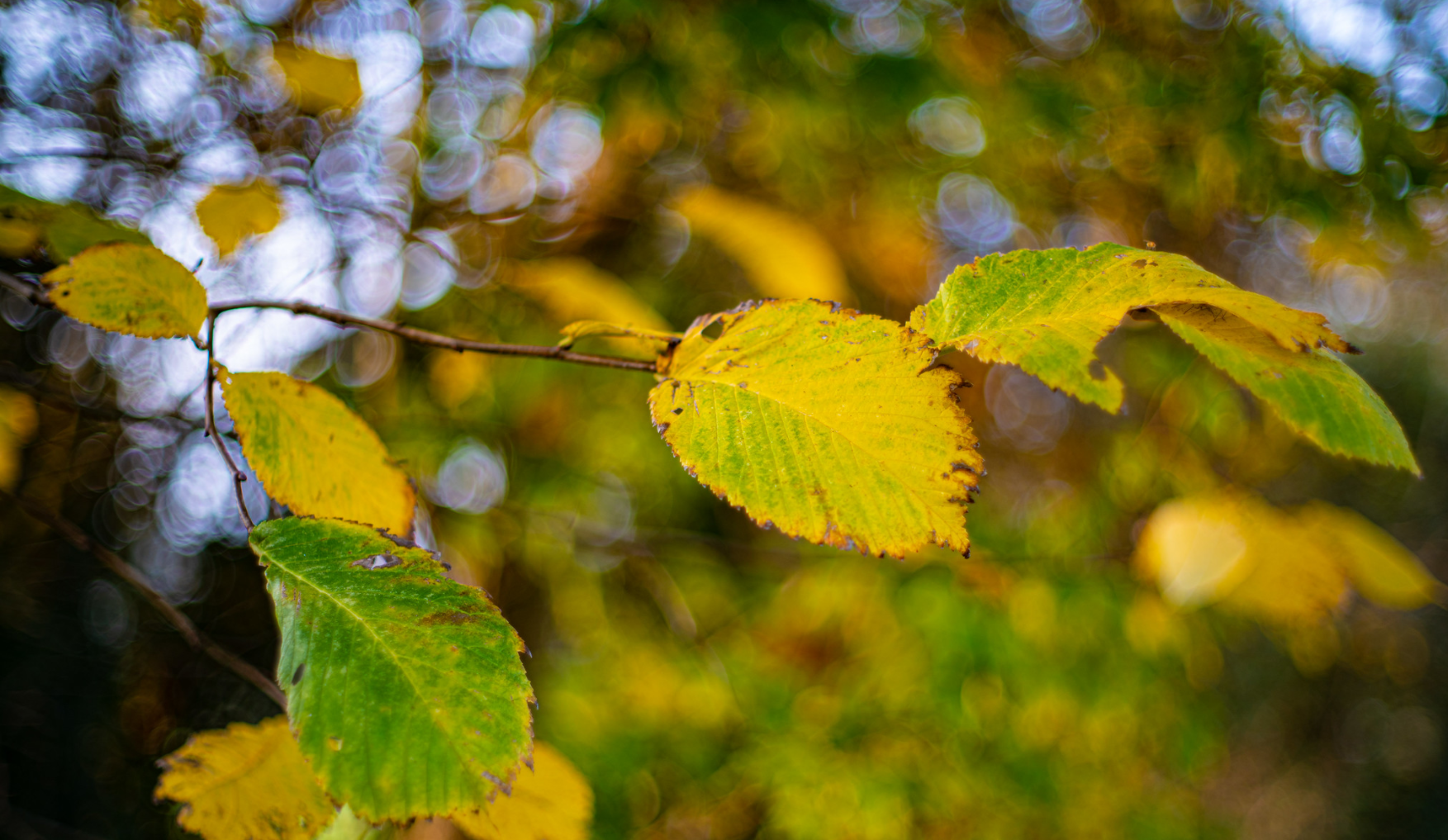Cleaning a camera sensor
/When I was processing the picture tor yesterday’s post I realised that my camera sensor was absolutely filthy. The good news is that Lightroom is pretty good at getting rid of the resulting spots, but I don’t want to have to do this for every picture.
So today I cleaned up my sensor a bit. One of the problems with a mirrorless camera is that there is nothing between your precious sensor and the outside world when the lens is removed. Which means that your sensor will get dusty. If you want to find out where all the spots are, here’s how I do it.
Open Notepad on your computer and expand it to fill the screen.
Turn on your camera and set your the exposure to Aperture priority. Then set the aperture to the highest possible value (I go for F22).
If you point the camera at the white screen you should see any dust particles show up as black dots.
Turn the camera off.
Take the lens off and use a dust blower to blow the dust off the sensor. Do not blow into the camera yourself. And definitely don’t sneeze into it. And don’t get the blower so close to the sensor that it touches. If you hold the camera upside down while you do this the dust should fall out. I got a dust blower shaped like a rocket that I rather like.
Pop the lens on, power up the camera and check to see if the dots have gone. They should have. You can always repeat the the process a few times. If you have some tiny ones that won’t go away there my advice would be to leave them put. Definitely don’t try to wipe the sensor yourself, either get a proper kit or someone else to do it. I think (he said optimistically) that camera sensors are covered with quite a strong protective cover, but I’ve no desire to test this theory and risk totalling my camera.
Oh, and one other tip. Make sure your monitor screen is clean. Otherwise you’ll spend ages trying to remove spots that aren’t there..






























